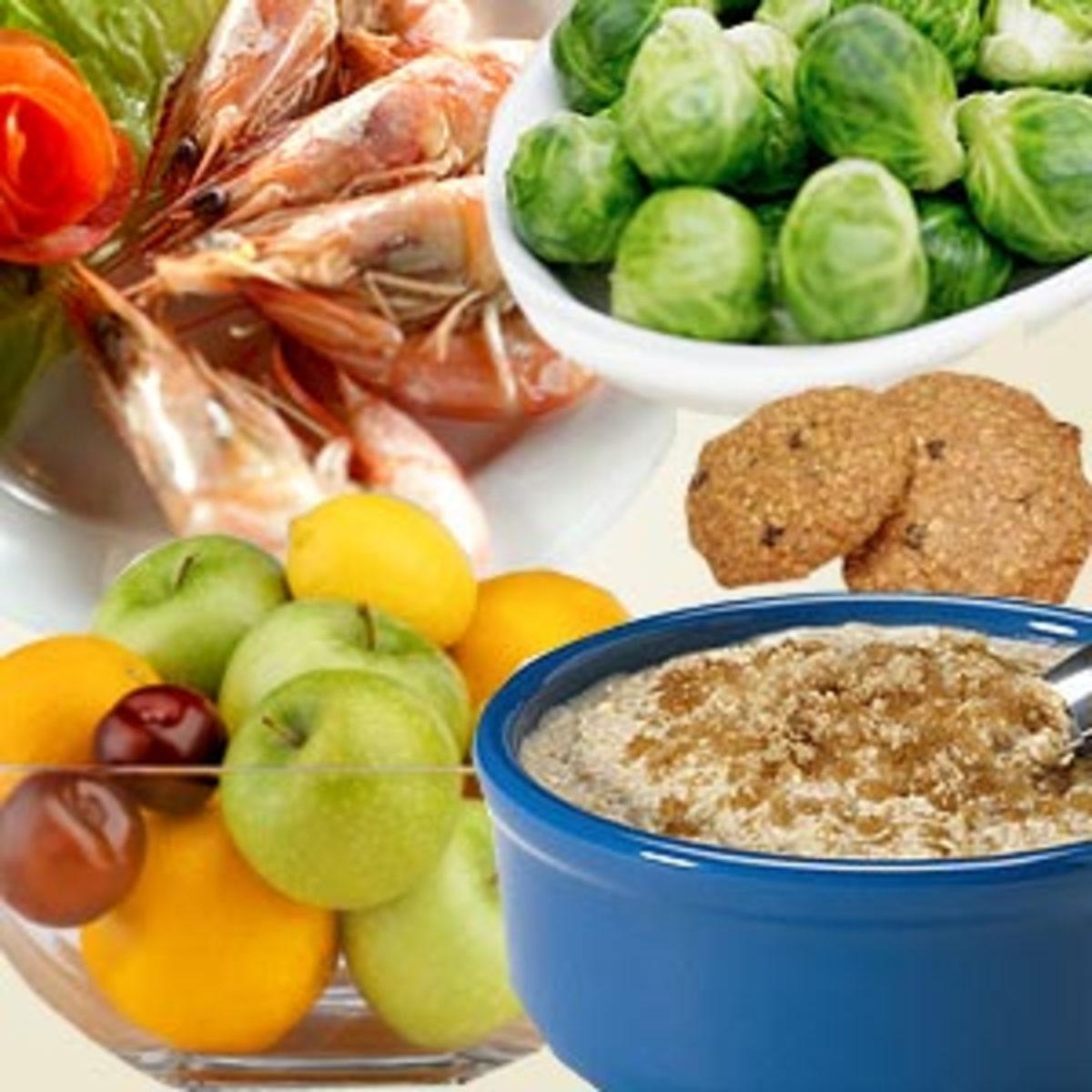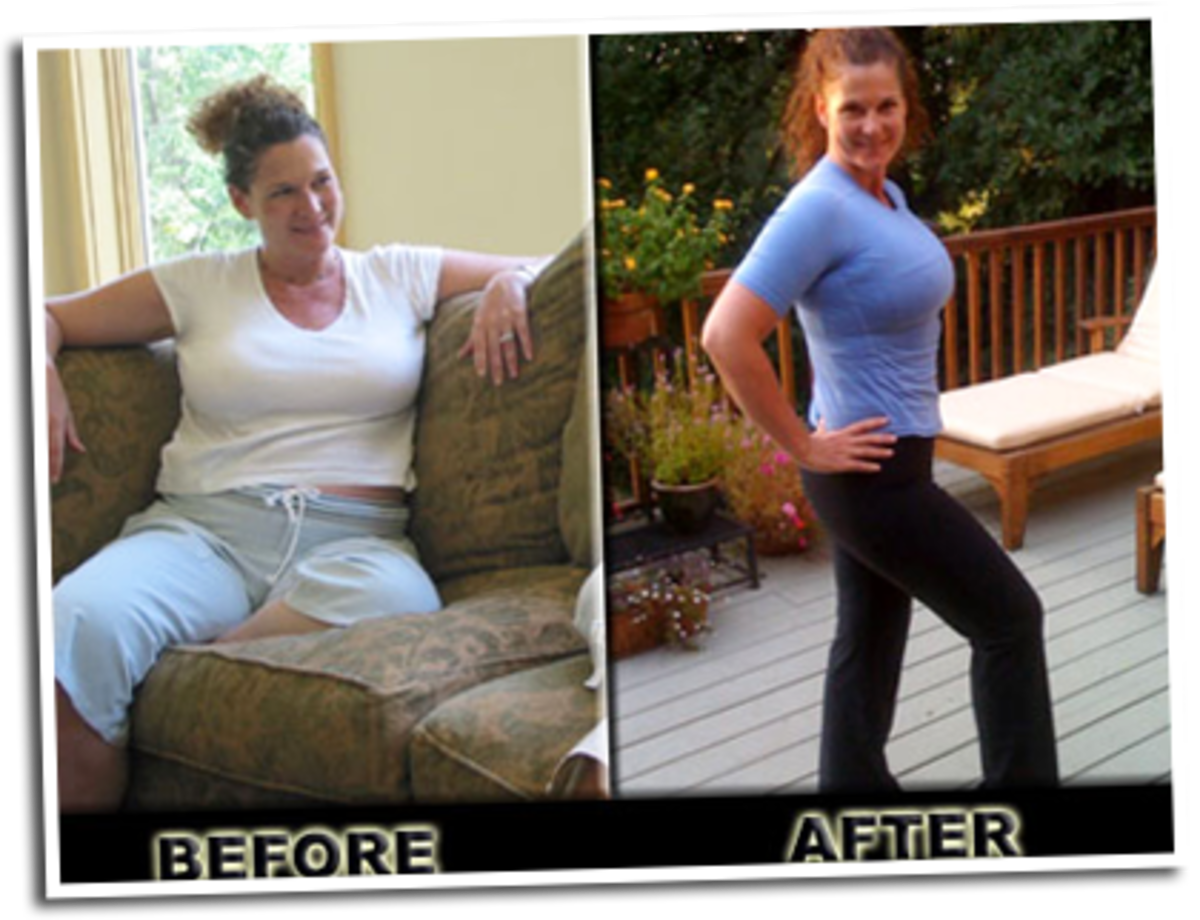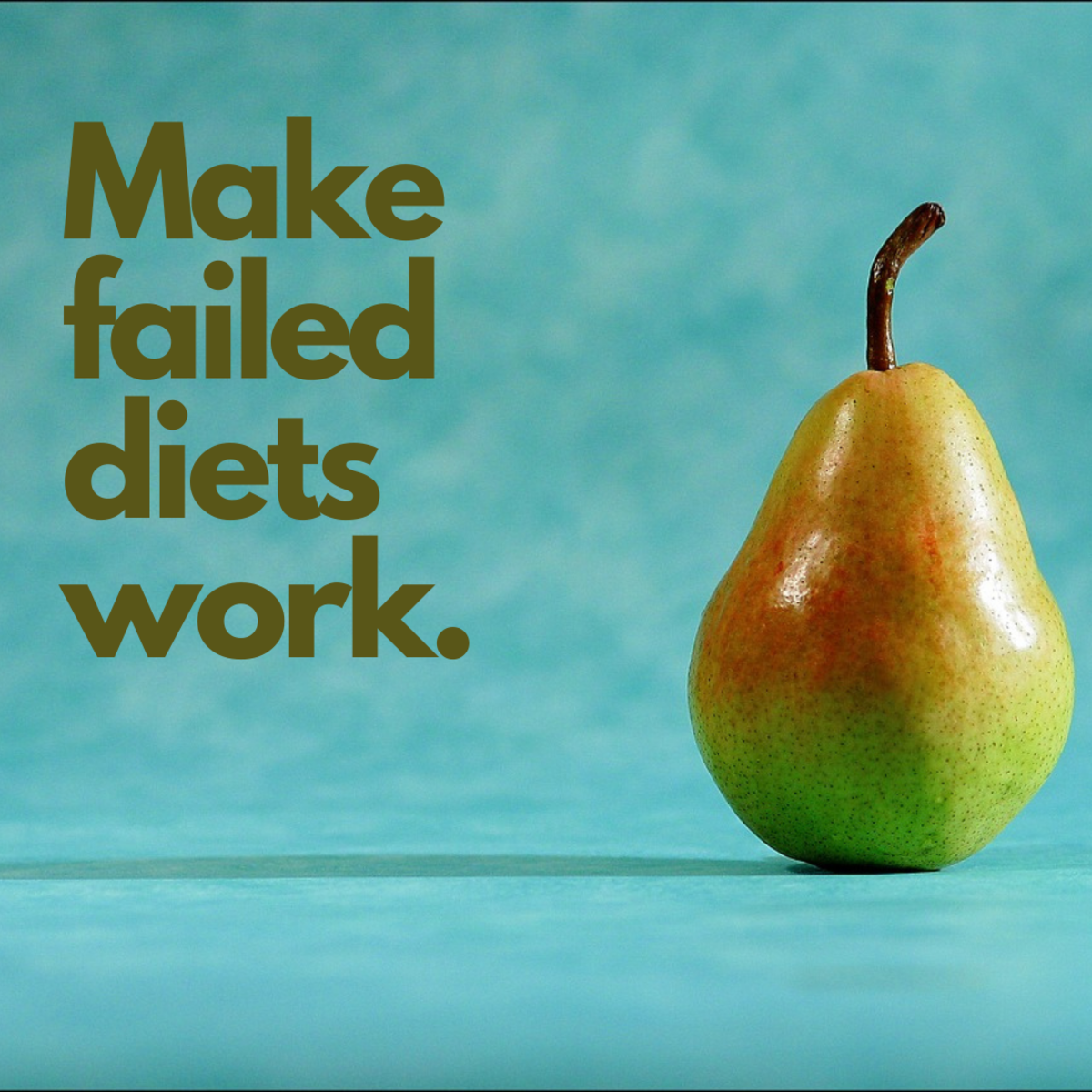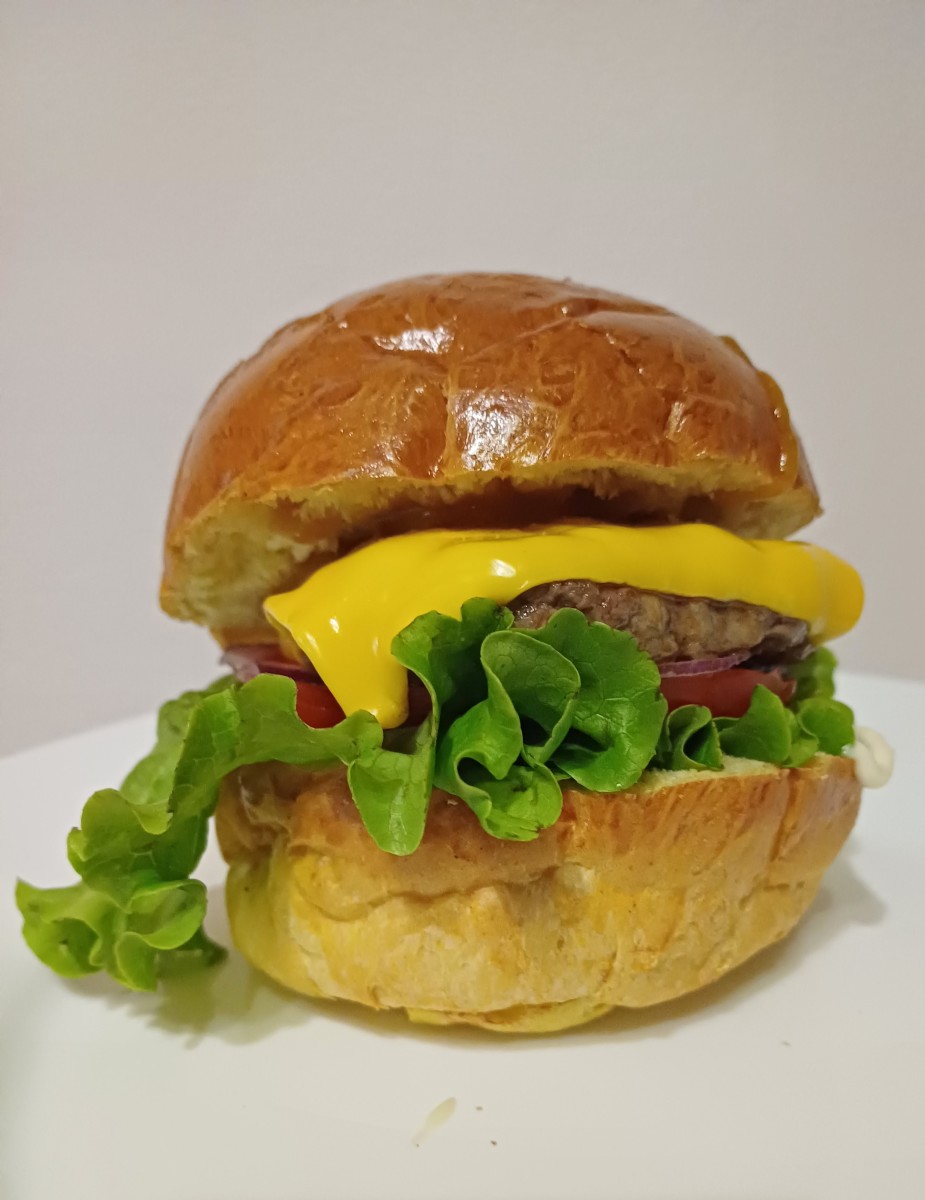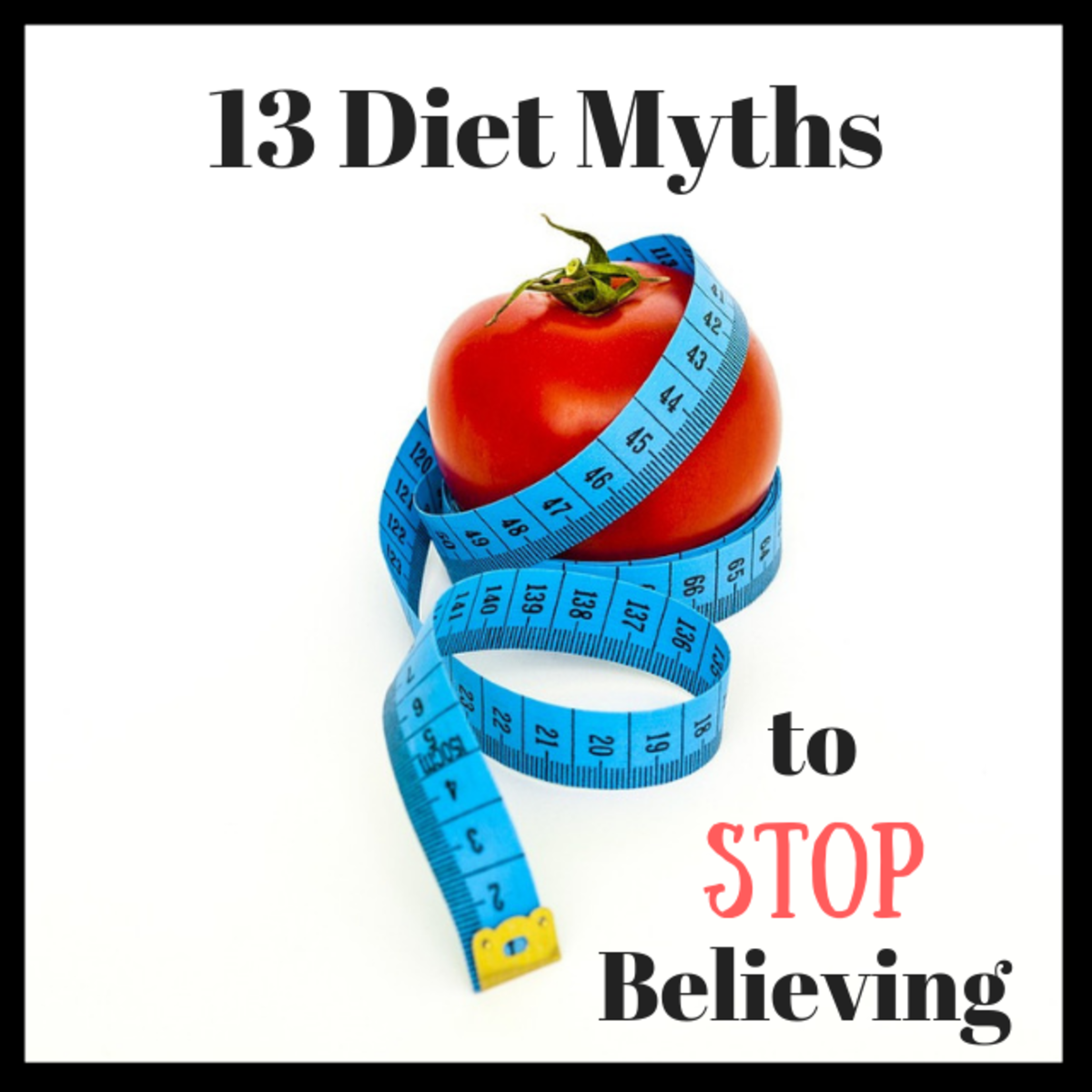How to Eat a Good Diet
About the Author
Abby Campbell, BSc, SFN, SSN, CPT, is a leading professional fitness and nutrition expert, researcher, and published author of One Size Does NOT Fit All Diet Plan, one of Amazon's Top Gluten-Free and Weight Loss Diets. (You may read more about Abby at the bottom of this article.)
9 Helpful Tips for Eating Healthy
If you are just beginning your journey of living healthy, then learning new healthy habits can be mastered with just 9 principles for good eating. By utilizing these principles, you may see changes in your body and how you feel as quickly as the first week. This is especially true if you come from a background of unhealthy pre-packaged, processed, and refined foods. Your body will make changes from the inside out. At first, you may begin feeling healthier, more vivacious, and full of energy. Losing body fat is also a side benefit if that is your goal. Having a good diet is a healthy diet. If you build healthy habits utilizing these 9 helpful tips, you will be well on your way of mastering healthy eating.
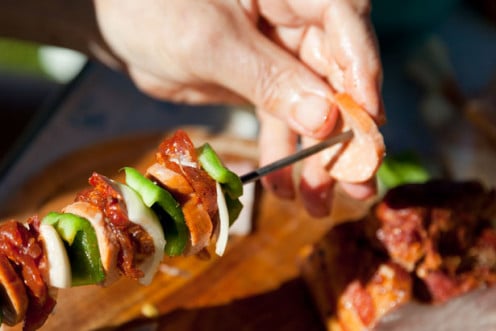
Total meals per day?
Time Awake ÷ 3 Hours
Meal Size?
Do not over-stuff yourself. Eat until you are 80% full.
3 meals & 2 snacks?
Sure, as long as all "feeding opportunities" are nutritionally balanced.
What if I'm not hungry?
Then skip your meal and try to make your meals smaller next time.
Missed meal?
No worries. Just get back on track and do better the next day.
Bedtime meal?
Yes, if your mealtime falls within that time frame.
1 - Keep the Sugar Monster Away by Eating at Regular Intervals
"I see food, I eat food." This is the mentality of most people and is what has made an overweight and obese society. Research has shown that eating at regular intervals, every two to four waking hours, is important for not only health but for body composition as well. Some health benefits from using this strategy are:
- Balanced blood sugar1
- Less cravings and overeating2
- Better mental and physical performance3
- Metabolism boost4
- Muscle preservation5
2 - Eat Natural Foods: Calories Worth Their Weight in Gold
You've probably heard that a calorie is just a calorie and all that matters in being a healthy weight is taking in the right amount. Though this is true to an extent, there are many other factors to be considered. The types of foods you put into your body also matter. Natural foods provide your body with a plethora of vitamins, minerals, and phytonutrients. This helps your body to function optimally. By filling your body with the nutrients it needs, cravings will kept at bay.
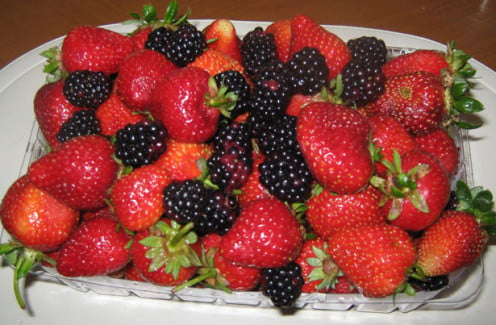
Great protein sources:
- lean beef
- skinless chicken breast
- skinless turkey
- pork tenderloin
- fish
- seafood
- egg whites
- low-fat cottage cheese
- Greek yogurt
- tofu
- tempeh
3 - Eat Protein with Every Meal & Snack
Protein is a very important nutritional building block, especially for optimal health and body composition. Some of the benefits of protein include6:
- Balanced blood PH levels
- Proper hormone levels
- Proper regulation of fluid balance
- Preservation of muscles (especially when dieting)
- Excellent energy source (especially when no carbohydrates are available)
- Proper functioning of the immune system
- Higher metabolic rate (great for weight loss)7
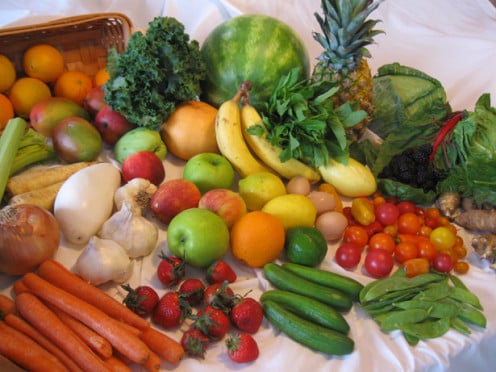
4 - Love Your Vegetables & Fruits
Vegetables are the absolute best source of carbohydrates as they provide tons of nutrients and antioxidants that you can't get from other food types. By consuming a diet high in vegetables and fruits, you are lowering your risk for chronic diseases such as cancer and cardiovascular disease.8 Vegetables and fruits also provide fullness due to their fiber content. They help eliminate waste and provide stabilization for blood sugar.9 Best of all, they provide fewer calories which is great for those trying to losing weight.10
Get Abby's Book Today!

5 - Limit Starchy Carbs Around Workouts
Starches are carbohydrates like vegetables and fruits. Though some are nutritious, they still don't provide your body with the mega vitamins and nutrients that vegetables and fruits do. In fact, they are usually loaded with calories, even for small amounts. Starchy carbohydrates include whole grains, tubers, and legumes. The best known starches include foods such as pasta, cereal, bread, and snacks like cake, cookies, and potato chips. However, the foods mentioned in the last sentence are refined and highly processed. Natural starches such as oats, quinoa, brown or wild rice, sweet potatoes, and beans are much healthier choices. Eat them around workout times for extra energy and recovery.11
6 - Don't Allow Fat to be Your Enemy
Contrary to what you've been told, dietary fat is not your enemy. The "No Fat" or "Low Fat" diet is a diet of the past. Those diets were based on the man-made, unnatural trans fat used as a preservative in pre-packaged foods. New studies have even shown that saturated fats are healthy as long as they are balanced with other types of dietary fat. Dietary fats are important for many reasons12:
- an important energy source
- the formation of your cell membranes, brain, and nervous system
- the balance of hormones
- the promotion of a healthy immune system
- the need for keeping inflammation low
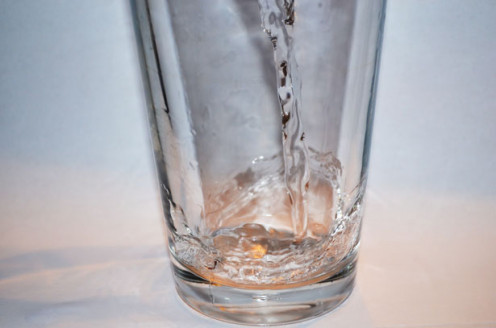
7 - Get Drunk with Water & Teas
Exchange your sodas and fruit juices for healthier options such as water and herbal or regular teas. Coffees are even fine if you don't have an issue with stimulants; or, you may opt for decaffeinated. Sodas are just not healthy whether sugar-free, zero calorie, or regular. (See my hub on Food Additives to Avoid for more information.) Juices contain a large amount of calories and sugar. Instead, save your calories for food.
Tea and some coffee beverages have been shown through research to benefit your body in numerous way. This is possibly due to the polyphenols, natural chemicals classified as antioxidants, anti-viral, and anti-inflammatory properties. Polyphenols protect your body from free radicals that cause damage.
Your best option for beverages is water. Your body is made up of nearly 60 percent of your total body weight. That's a lot of water! Water carries nutrients and oxygen to cells, protects body organs, regulates body temperature, lubricates joints, moistens mucous membranes, helps the kidneys and liver by flushing out waste products, and helps prevent constipation.13 Recent studies have also shown that water is your secret weapon in losing weight. So, drink up!
POLL
Do you allow yourself "treats" while on a diet?
8 - Have a Treat: Stick to the 90/10 Rule
This eating principle is easy and will most likely be your favorite. Use the 90/10 rule in determining how many treats you can have during the week. Do you like pizza? What about spaghetti? Are you desiring that chocolate chip cookie your daughter just made? Just because you're opting for healthier living doesn't mean you have to totally give up your favorite not so healthy foods. Just provide yourself with some boundaries. If you eat three meals and two snacks per day, that equates to a total of five meals per day. Multiply that by seven days per week for a total of 35 meals and snacks. Ten percent of 35 is 3.5 meals or snacks that you can treat yourself with. Enjoy!
Cooking help
- Healthy Cooking Tips - Allrecipes.com
Looking to eat healthy? Allrecipes provides trusted tips, research and advice to aid in healthy cooking habits that will last a lifetime. - Healthy Mediterranean : Recipes and Cooking : Food Network
Trying to find healthy and delicious recipes? Food Network makes that easy with their collection of low fat, low calorie and low carb recipes.
9 - Gain a New Favorite Hobby in Cooking
Let's face it! We live busy lives, and the days of preparing gourmet meals are bygone. Most people just don't have the time for it. Everyone wants quick and easy! You will need some tasty and easy meals with variety that you can make day in and day out. Planning your meals is the best way to staying on track. Just make sure you are sticking to the 8 previous healthy eating rules on a consistent basis. The simplest meals include grilling meats and veggies. You can even microwave frozen veggies in less than 8 minutes while your meat is cooking. Add some extra virgin olive or coconut oil to your veggies for a delicious and balanced meal.
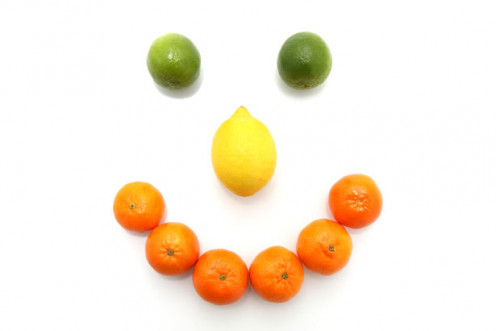
You've probably heard the saying, "Habits take 21 days to build." In fact, habits are not easy to give up or take on. Nine principles for good eating may seem like a huge task, but it doesn't have to be so. You didn't build unhealthy habits overnight. In fact, you probably built them over many year. If it helps, work on one principle at a time and build on it. If you spent 21 days on each principle, that is only 27 weeks or roughly six months. It's not so bad when you look at the overall picture.

Tell Us What You Think
You're reading "How to Eat a Good Diet" by Abby Campbell. Please leave a comment and tell us what you think below. Then share the article with your family and friends. You may even share on Facebook, Twitter, or Pinterest (buttons to your right).


About the author
Abby Campbell, BSc, SFN, SSN, CPT, is a leading professional fitness and nutrition expert, researcher, and published author. For the past 10 years, she has coached thousands of women locally and online to lose body fat and lead healthy lifestyles. Her clients have lost thousands of pounds, reclaimed health, and call her “Coach No Gimmick.” She is from Northern Virginia but now resides near Charlotte, North Carolina. Abby has been married for 20 years and has three grown daughters, one of which is autistic. She is a 19 year cancer survivor.
Enjoy more of Abby's hubs!
- Lean Protein Foods
Protein is an important nutritional building block, and the benefits of protein for weight loss is tremendous. Try including foods with high protein for your optimal body. - How to Choose Between Types and Brands of Fish Oil S...
Are you looking for a fish oil supplement but don't know where to begin? Know the benefits of fish oil, how to look for fish oil quality, the types of fish oil, as well as the best fish oil brands.

References
[1] Farshchi, H.R., Taylor, M.A. & Macdonald, I.A. (2005, January). Beneficial Metabolic Effects of Regular Meal Frequency on Dietary Thermogenesis, Insulin Sensitivity, and Fasting Lipid Profiles on Healthy Obese Women. American Journal of Clinical Nutrition, 81(1), 16-24. Retrieved from http://www.ajcn.org/content/81/1/16.full.pdf.
[2] Pittman, G. (2012, January). Frequent Meals Prevent Overeating. Reuters Health. Retrieved from http://www.health24.com/news/DietFood_News_Feed/1-3420,72310.asp.
[3] Hawley, J.A. & Burke, L.M. (1997, April). Effect of Meal Frequency and Timing on Physical Performance. British Journal of Nutrition, 77(1), S91-S103. Retrieved from http://journals.cambridge.org/download.php?file=%2FBJN%2FBJN77_S1%2FS0007114597000123a.pdf&code=24e5f2304c14f681d4063bbf512011e1.
[4] Farshchi, H.R., Taylor, M.A. & Macdonald, I.A. (2005, January). Beneficial Metabolic Effects of Regular Meal Frequency on Dietary Thermogenesis, Insulin Sensitivity, and Fasting Lipid Profiles on Healthy Obese Women. American Journal of Clinical Nutrition, 81(1), 16-24. Retrieved from http://www.ajcn.org/content/81/1/16.full.pdf.
[5] Thalacker-Mercer, A.E., Fleet, J.C., Craig, B.E. & et al. (2007, May). Inadequate Protein Intake Affects Skeletal Muscle Transcript Profiles in Older Humans. American Journal of Clinical Nutrition, 85(5), 1344-1352. Retrieved from http://www.ajcn.org/content/85/5/1344.full.pdf.
[6] Berardi, J. & Andrews, R. (2009). The Macronutrients. International Sports Sciences Association. Nutrition: The Complete Guide (166-175). Carpinteria, CA: International Sports Sciences Association.
[7] Institute of Medicine of the National Academics (2005). Energy. National Academy of Sciences. Dietary Reference Intakes for Energy, Carbohydrate, Fiber, Fat, Fatty Acids, Cholesterol, Protein, and Amino Acids (114). Washington, DC: The National Academies Press.
[8] Willett, W.C. (2010, April 6). Fruits, Vegetables, and Cancer Prevention: Turmoil in the Produce Section. Journal of the National Cancer Institute, 102(8), 510-511. doi: 10.1093/jnci/djq098. Retrieved from http://jnci.oxfordjournals.org/content/102/8/510.full.pdf.
[9] Ness, A.R. & Powles, J.W. (1997). Fruit and Vegetables, and Cardiovascular Disease: A Review. International Journal of Epidemiology, 26(1), 1-13. doi: 10.1093/ije/26.1.1. Retrieved from http://ije.oxfordjournals.org/content/26/1/1.full.pdf.
[10] Berardi, J. & Andrews, R. (2009). The Macronutrients. International Sports Sciences Association. Nutrition: The Complete Guide (149-156). Carpinteria, CA: International Sports Sciences Association.
[11] Ibid.
[12] Slowik, G. (2012, March 22). Fiber: Its Importance In Your Diet. Retrieved from http://ehealthmd.com/content/what-fiber.
[13] Ivy, J.L., Goforth, H.W. & Damon, B.M., et al. (2002, July 12). Early Postexercise Muscle Glycogen Recovery is Enhanced with a Carbohydrate-Protein Supplement. Journal of Applied Physiology, 93(4), 1337-1344. doi: 10.1152/japplphysiol.00394.2002. Retrieved from http://jap.physiology.org/content/93/4/1337.full.pdf.
[14] Ferguson-Stegall, L., McCleave, E.L. & Ding, Z., et al. (2011, May). Postexercise Carbohydrate-Protein Supplementation Improves Exercise Performance and Intracellular Signaling for Protein Synthesis. Journal of Strength & Conditioning Research, 25(5), 1210-1224. doi: 10.1519/JSC.0b013e3318212db21.
[15] Berardi, J. & Andrews, R. (2009). The Micronutrients. International Sports Sciences Association. Nutrition: The Complete Guide (157-165). Carpinteria, CA: International Sports Sciences Association.
[16] Berardi, J. & Andrews, R. (2009). Water and Fluid Balance. International Sports Sciences Association. Nutrition: The Complete Guide (207-224). Carpinteria, CA: International Sports Sciences Association.

